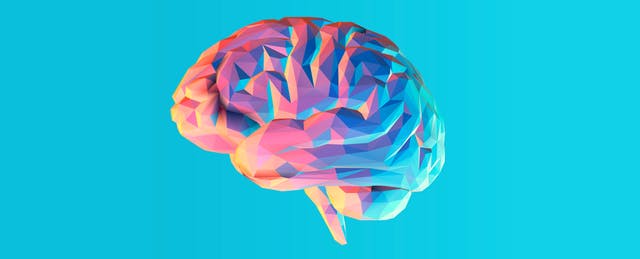
By Dr. John R. Mishock, PT, DPT, DC
In part I of the “Brain Training, the Key to Developing Skill in Sports: Part I” we learned how critical the brain and perfect practice is to developing proper movement. In this article I will review the mechanisms of how the brain and nervous system learn through perfect movement patterns via three neurological mechanisms; myelination, feed-back and feed-forward loops. This understanding will form the basis for “why” coaches, trainers, and sports science professionals must approach training in a specific scientific manner to gain the best results during the athlete’s skill acquisition.
The brain uses feed-forward (nerve impulse from the brain to the muscle) and feed-back loops (nerve signals from the skin, joints, and muscles to the brain) which help the musculoskeletal system learn, modify, and perform skilled movements. These neurological loops provide real time assessment and correction of movement at varying speeds. A feed-back loop is used by the brain to compare previous movements and make adjustments in order to optimize accuracy. Input from movement is gathered by the brain and determined if it was successful. If the movement was not successful the feed-forward loop is used to make subtle modifications in the movement pattern. This is all based on the “trial and error method”. This is where teachers of movement must be patient and accept failure as part of the learning process.
In a study of young children (9-15 months) learning to walk, it was determined that the child falls 17 times per hour and over 75,000 times prior to perfecting their gait process. (Pscyh. Science, 2018) We would never criticize that child as they fall while learning to walk, however, when it comes to young athletes, we seem to lose that patience and understanding. Just like learning to walk, the same process is occurring when learning a sport’s specific skill. For example, in learning to shoot a basketball there will be many failures with thousands of modifications needed via the feed-forward and feed-back loops to be a successful basketball shooter.
Over time, memories for movement are stored in the brain (cerebellum, supplemental motor area, thalamus, vestibular system and amygdala) as implicit or procedural memories. In these procedural memories the brain memorizes the; postural tone, equilibrium, balance, coordination, joint position, and muscle contraction type needed to repeat the task. With “perfect practice” over time, movements become refined and developed through the myelination (the physiological connection) of areas of the nervous system. This myelination process allows the brain and neuromuscular system to work more efficiently at high rates of speed, aka “game speed”. However, if the rehearsal of the movement is done incorrectly with poor form this myelination process reinforces the incorrect movement. This altered learning would be seen as poor mechanics in the movement, ultimately leading to poor sports performance. Think of an unsuccessful baseball swing or a basketball shot.
With thousands upon thousands of perfect repetitions, the feed-forward and feed-back loops of a movement become highly myelinated and recorded in the brain as an engram. Another name for the engram is “muscle memory”, however, this is a misnomer as muscles do not have ability to learn. Learning occurs in the brain. The engram eventually can be performed without conscious thought becoming automatized, innate, or “second nature”. Once this level is reached, the brain can use these movement patterns during competition at game speed. This is the ultimate goal of the skill sport athlete. Think of how JJ Redick or Steph Curry shot the basketball in NBA games. They almost make it seem effortless with great accuracy. This is due to hundreds of thousands of trained perfect shots at game speed in a wide variety of basketball game scenarios. Make no mistake, there is no simple way to master movement. It happens through hard work, dedication, consistency, and of course patience during “perfect rehearsal”. Like it or not, that is how our brain and motor system is designed. Words of advice… embrace failure, be patient and enjoy the learning process.
In part III of the “Proper Training of the Brain is the Key to Developing Skill in Sports” I will review the specific training techniques to optimize skill acquisition.
If poor function or pain is limiting you from doing the activities you enjoy, give Mishock Physical Therapy a call for a FREE Phone Consultation 610-327-2600.
Visit our website at www.mishockpt.com.
Call 610-327-2600 to Schedule your appointment today, at one of our 6 convenient locations in Skippack, Gilbertsville*, Barto, Phoenixville*, Pottstown, and Limerick* (inside the Spring Valley YMCA).
Appointments available 7:00am to 8:00pm, ALL locations, most days!
*Saturday Hours
Dr. Mishock is one of only a few clinicians with doctorate level degrees in both physical therapy and chiropractic in the state of Pennsylvania.
